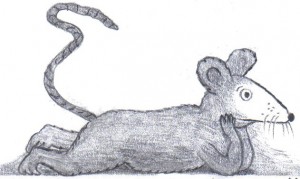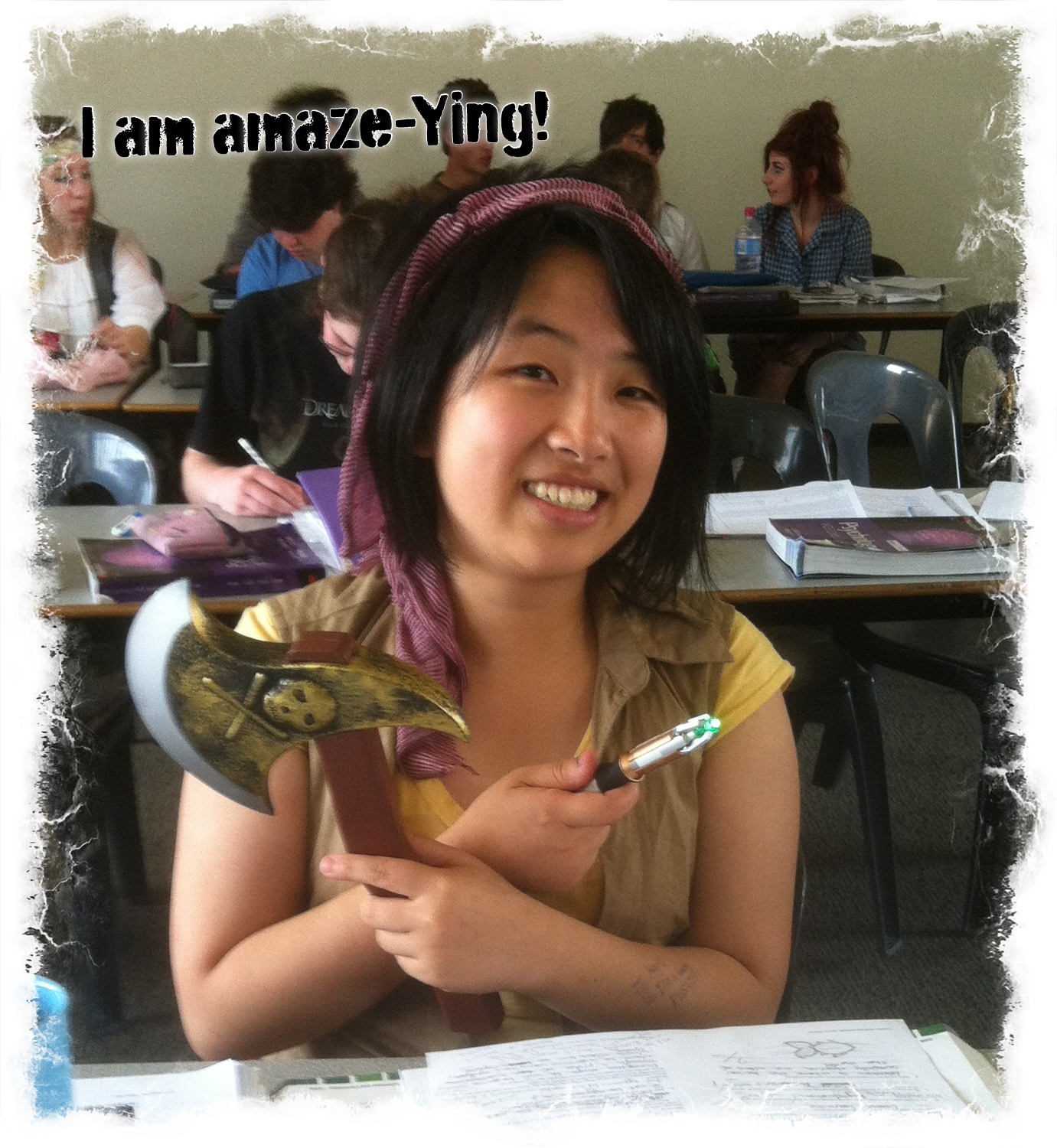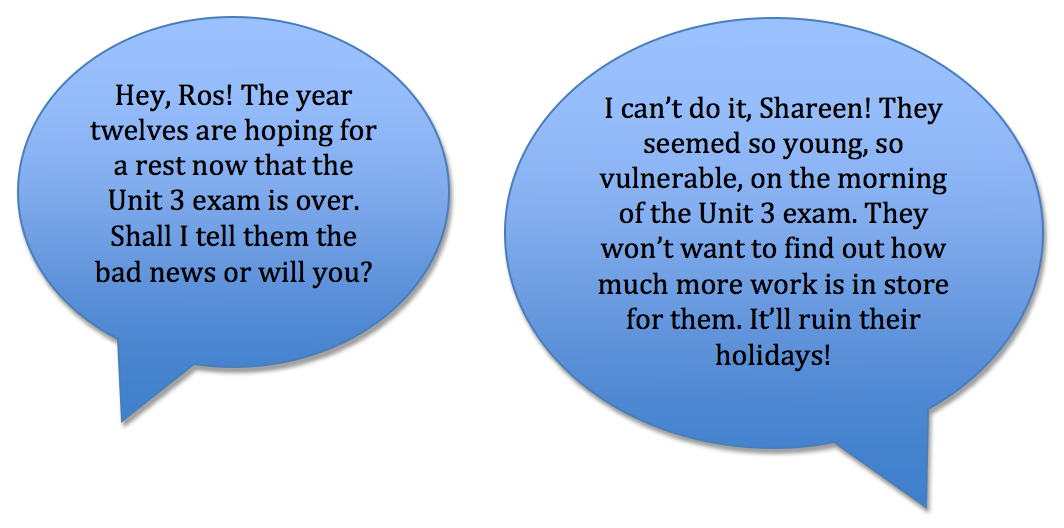
Part 2 in our series: Psychology from the point of view of a humble – but opinionated – rat
Little Albert and the Rat
I have to say this right from the start: I never meant the little guy to get upset.
This is what really happened. John Watson wanted to show that he could create fear where no fear had been before. For some reason, he figured that a young baby would be the perfect experimental subject. Weird.
That little boy, Albert, wasn’t even one year old, but he was already a nice little kid – gentle, friendly and not in the slightest bit worried about me scurrying around nearby. He and I were getting along just fine. Then the big guy, Watson, decided to scare us both to death by whacking a steel bar with a hammer. Well, of course Albert was upset. I was pretty shocked myself. He burst out crying. I reckon it took him a few minutes to calm down.
Then every time I went near the little fellow I heard that awful loud noise. Soon Albert didn’t want to have anything more to do with me. Even when there was no sound at all, Albert jumped violently and began to cry whenever he saw me. I hadn’t even so much as nibbled his cute, fat little cheeks!
Look, I understand the theory of the experiment, but why did I have to be the fall guy? And why was that innocent, defenceless little baby chosen as the lead participant?
In psychological terms, this is what happened: that little baby had acquired not just a physical reaction but an emotion that he now connected with me, even though he hadn’t been afraid of me at all at the start. He had linked that loud, scary noise, which naturally frightened him, with me, a harmless furry creature with a friendly nature and a-maz-ing intelligence. Even without the loud sound, Albert had learned to fear me.
This is a form of classical conditioning, an automatic form of learning. You don’t have to think about it to form an association between two stimuli. If those stimuli are presented together enough times, bingo, you have learned something. You can’t stop yourself. That’s horrifying, if you think about it. The emotion that Albert learned is called a conditioned emotional response or a phobia. Humans have developed a conditioned emotional response when they feel scared at the sound of a dentist’s drill or happy at the sound of an old song to which they once danced with a loved one.
We rats don’t have to worry about dentists, of course, and the advertisers who use classical conditioning to sell everything from Coke to underpants don’t care about us. But I still feel pretty bad about little Albert. You see, when his mother found out what was going on, she took Albert away. His fear was never extinguished. Wherever he is, he might still be scared of white furry things – like me and Santa masks. Poor little kid.
There’s nothing scary about me, honestly. But some research psychologists are downright spooky.
Extra reading: http://www.simplypsychology.org/classical-conditioning.html


















